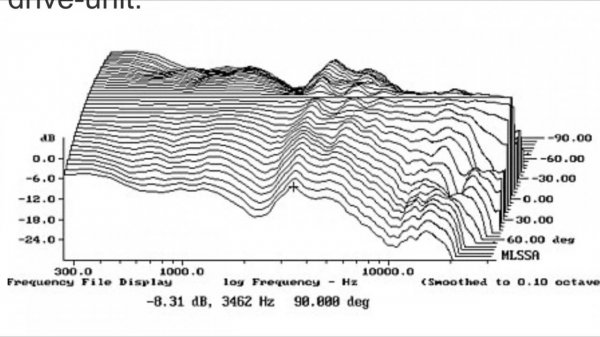DO NOT TOUCH OR EVEN BREATHE ON THE DRIVERS..!!!!!!!!!!!!
I have removed my grilles due to them fitting really badly and sometimes sliding off , the grilles are an abomination , sharp edges etc
I have a fabrication facility , still cant come up with a better solution
the new b1 decade has sort of salt and pepper cellar covers for the mid and hf driver.. Im not sure whether these can be retrofitted without some x over adjustment
the vivid drivers are born out of pro audio in terms of power handling.. really you can go as loud as your ears will stand and they just "idling"
I have managed to blow the mesh covers off my bass units..all 4 .. they have a 2" excursion.. you can't kill em either

At any rate dallas .. they are exceptional speakers .. I have never heard speakers quite like them.. my pal with the g2's .. a seasoned high end veteran said to me yesterday that we vivid owners become used to such good sound , that we are not aware of it untill we listen to other systems
In my room , you have to actually walk behind the speakers for the holgraphic imaging to collapse .. anywhere in front of the speakers , no matter where you are sitting , the imaging is amazing as is the tonality
the real difference tween the G1 and the g3 is not just the bass , the drivers are MUCH higher on the g1 , thus you tend to listen with your ear on axis with the midbass driver whereas on the G3 , its the tweeter. I have tilted my g1's slightly forward
Im totally amazed at the little "ghosties" that pop up and the absolute pinpoint imaging in a wide and deep soundstage , you become part of the performance and have an experience rather than a listening to muzak session.
the comments I get from non audiophiles are "what are those" "are they speakers" .. a sure conversation piece..
My cousin , a non audiophile put it well after hearing them "music will never be the same for me again"
I stuck my old meridian DSP6000 speakers next to them and compared.. the meridians are no slouches , but they got thrashed.
the only model I have not heard are the G4's .. not sure why they made a g4.... all the others I have heard many many times and have helped a lot of owners set them up and dsp them etc...







